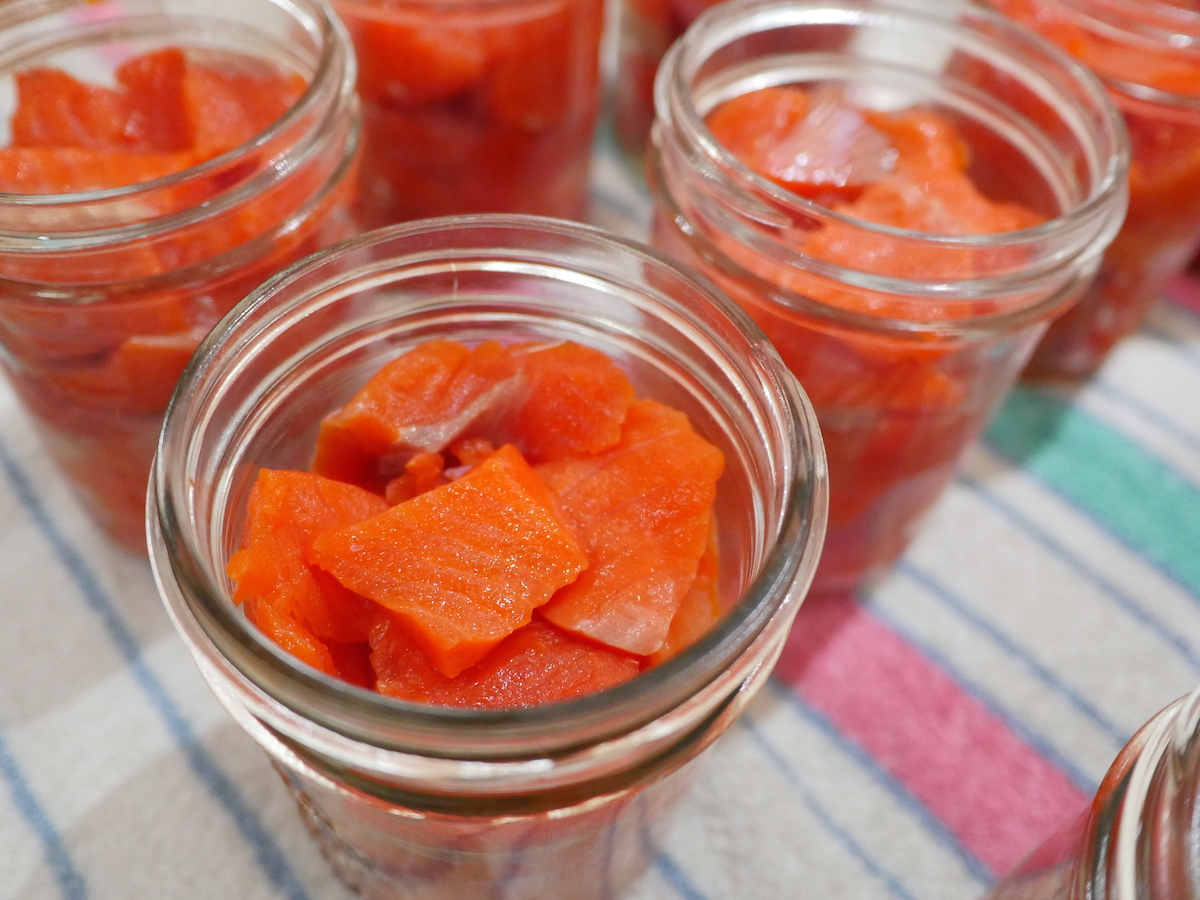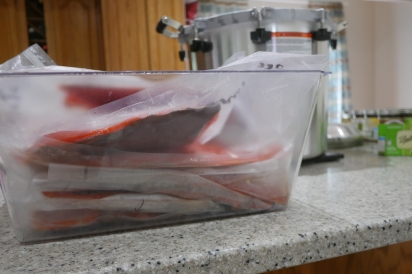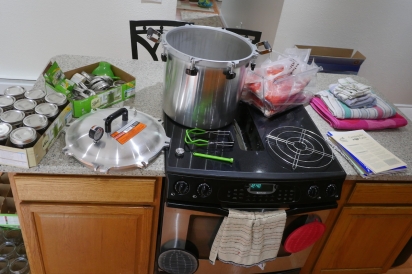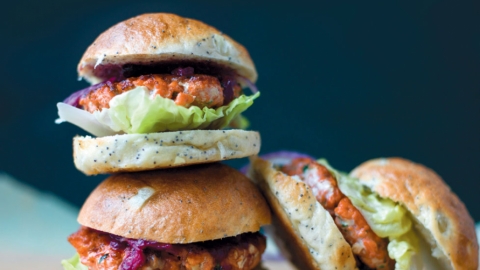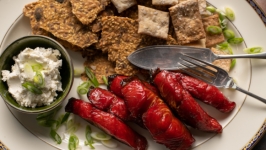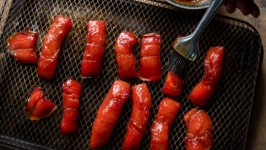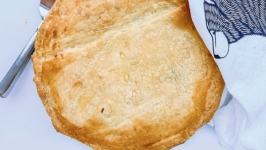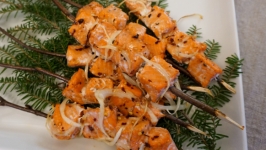Yes, You Can
Before I started canning, I assumed there were two types of people in the world: those who canned, and those who weren’t lucky enough to have been born superhuman.
I thought canning was a secret passed down through knowledgeable farmer grandparents and homesteading family friends. Knowing how to preserve food in a glass jar felt so foreign and inaccessible to me.
Since my days of canning envy, I’ve taken classes, watched hours of videos, and tagged along with friends on canning days. I over prepared myself to an unnecessary extreme before trying it solo, and I think the mystery surrounding pressure canning prevents a lot of people from just jumping in and trying it.
Although possessing the skills to take a fresh fillet of pink salmon and make it shelf-stable for years sounds a bit like incredible witchcraft, if you can follow recipes, I promise you can can, too.
The main difference between traditional cooking recipes and canning recipes is that you need to follow every single step for food safety reasons — no shortcuts. Canning recipes all boil down to food science to maintain long-term shelf stability and prevent contamination.
The Benefits of Canning
Buying your first pressure canner is an investment. But, if you’ve ever checked out the price of canned smoked salmon in the grocery store, canning know-how can certainly help you save in the long run. Especially if you don’t want to buy a second freezer after a successful summer catch!
Living in Alaska, we have such a bounty of fresh seasonal food that comes and goes so fast that it’s easy to experience some FOMO (fear of missing out). Knowing how to can salmon allows you to expand the life of your fillets beyond just that first pre-freezer burned year. And learning how to can wild blueberry jam or highbush cranberry juice lets you savor the flavors of Alaska’s generous fall harvest year-round.
What Kinds of Food Can You Can?
There are two types of canning: hot water bath and pressure canning.
The hot water bath method boils your filled glass jars for a set period of time (determined by the recipe you’re following). If you have a pot big enough to cover the tops of jars, then congratulations — you’re already the proud owner of a hot water bath. Water bath canning is great for high sugar and high acid foods, like jams and jellies, juices and ciders, and fresh berries.
Pressure canning involves both pressure and heat. It’s done in a giant metal container with the lid that locks tight. Since pressure canning reaches much higher temperatures than water bath canning, using a pressure canner allows you to preserve a wider variety of food that might otherwise be vulnerable to botulism, including meats, fish, and vegetables.
Canning moose is a fantastic way to save freezer space, and canning salmon is a stealthy way to get out of bone-picking duty. That’s right — salmon bones disintegrate right in the jar during the pressure canning process! Magic, right?
And here’s something even cooler for all you Alaska salmon connoisseurs: home-canned pink salmon tastes just as good as canned king salmon.
Once you have jars of salmon canned and on the shelf, it’s pre-cooked, so you can instantly use it without having to thaw the fillet and fire up the grill. Whip up an impressively delicious salmon dip on a moment’s notice. Make hot grilled salmon melts so good your friends will drool. Create a rich, savory Alaska seafood chowder. The possibilities are limitless.
Make 2017 Your Year
If you’ve ever thought about canning salmon, but thought it looked too hard, now’s your time to shine. If you’re someone who usually throws back pink salmon, consider keeping them this season and learning how to can. You’ll never buy tuna fish again.
Once you start to get comfortable canning fish, you can experiment with adding flavors. Some people like to add a touch of oil to their jars. Other people add liquid smoke, or garlic, or salt. As long as you pay attention and follow the rules of the recipe that tell you how long to process your jars and at what pressure level (you know, the important food science details), you have a little wiggle room to discover some fun flavor creations.
If you’re looking for a tried and true recipe for canning fish, the UAF Cooperative Extension Service published a detailed piece of literature for safely canning salmon, step-by-step, called ‘Canning the Catch.’
If you’re someone who prefers to learn hands-on, find a canning buddy or take a class. There’s a friendly food preservation community in Alaska, and many people who know how to can fish and other meats are happy to teach anyone who’s excited to learn. There are also plenty of Alaska food, fish and preservation-related Facebook groups. Or hey, you could even find tutorial videos online.
Canning opens up a whole new list of food preservation techniques. If learning to pressure can has been on your to-do list, make 2017 your year! It’s time to can the canning mystique and discover how to create a whole new menu in your pantry.


